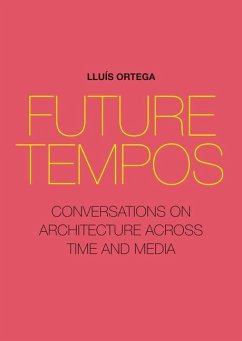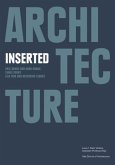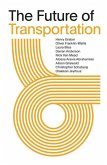In the continuous effort to make architecture public, technology plays a fundamental role. While in pre-typographical times authors limited the publication of their work to autographed documents, with the appearance of the printing press publications became the main vehicle for disseminating the practice and associated discourses. However, in recent times, with the emergence of the digital era, these original channels have multiplied. The recent proliferation of architecture biennials and prizes, architecture exhibitions, the exhaustive and continuous publication of material online, the reshaping of traditional publishing houses specializing in architecture, and new online forums for discussing and circulating ideas all reveal a radical shift in how architecture becomes public. This new scenario is rife with opportunities, but it also poses important challenges. Traditional notions of singular authorship, canons of credibility and the legitimacy of knowledge, patterns of visibility and readability, the identification of categories of quality and originality are all topics that require reflection and, in some cases, the reformulation of traditional standards.
Hinweis: Dieser Artikel kann nur an eine deutsche Lieferadresse ausgeliefert werden.
Hinweis: Dieser Artikel kann nur an eine deutsche Lieferadresse ausgeliefert werden.








